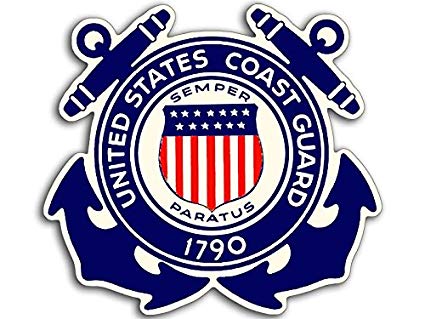
Established on August 4, 1790, the U.S. Coast Guard has kept the nation’s waterways safe, playing a critical role in national security. Every year, August 4 is celebrated as the U.S. Coast Guard Birthday, commemorating the military organization for its valor and discipline.
Alexander Hamilton, the first Secretary of the Treasury, founded the Revenue Marine — which later became the U.S. Coast Guard.
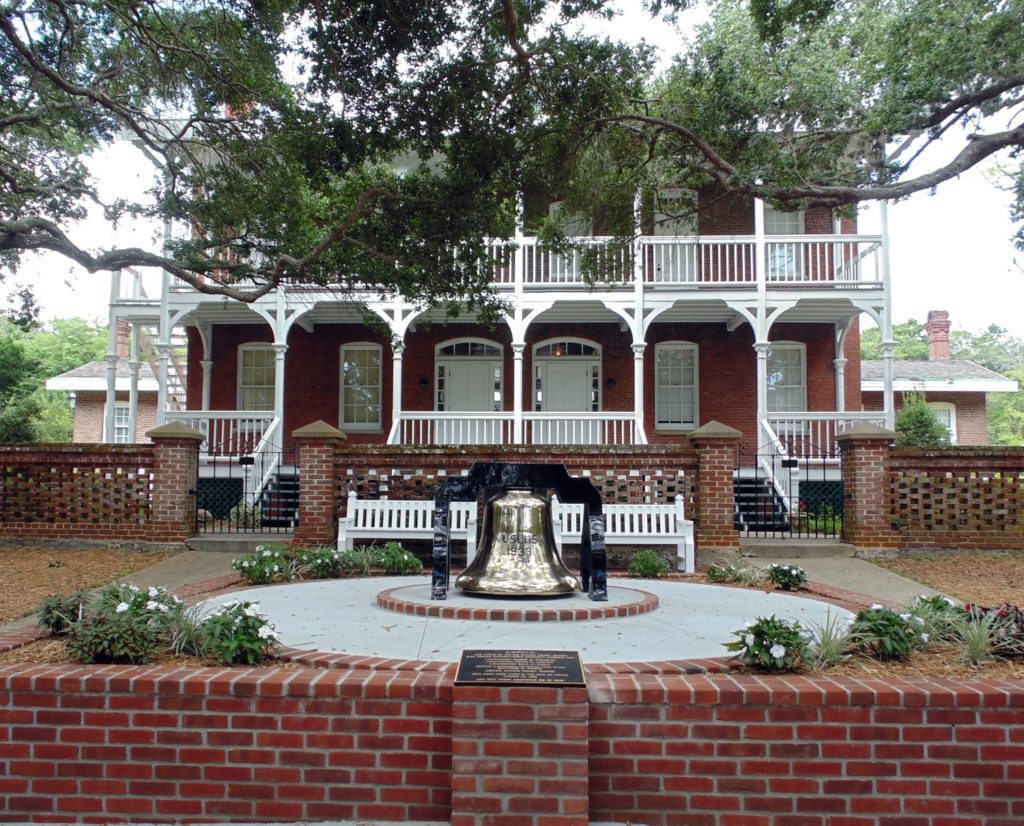
The Coast Guard is one of America’s five armed forces and traces its founding to Aug. 4, 1790, when the first Congress authorized the construction of 10 vessels to enforce tariff and trade laws, prevent smuggling, and protect the collection of federal revenue. Responsibilities added over the years included humanitarian duties such as aiding mariners in distress.
The service received its present name in 1915 when the Revenue Cutter Service merged with the U.S. Life-Saving Service to form a single maritime service dedicated to the safety of life at sea and enforcing the nation’s maritime laws.
The Coast Guard is a multi-mission, maritime, military service and the smallest of the five Armed Services. Its mission is to protect the public, the environment and U.S. economic interests in the nation’s waterways, along the coast, on international waters, or in any maritime region as required to support national security.
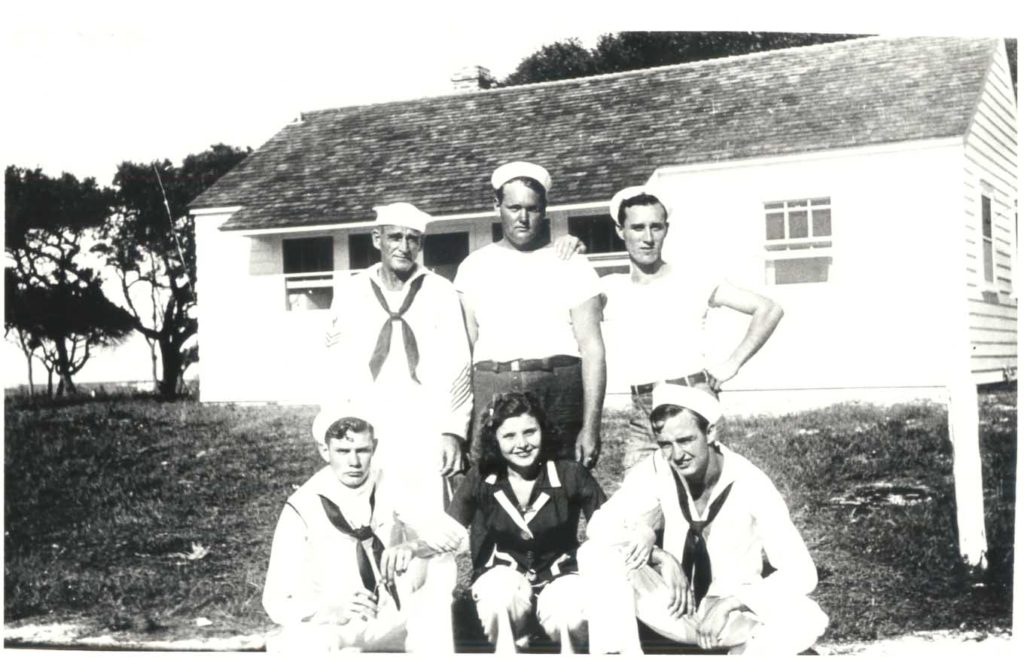
1940-1945
A Coastal Lookout Building was constructed at the St. Augustine Light Station in late 1941-early 1942 after the Japanese attack on Pearl Harbor in December 1941. However, life had not changed dramatically on the East Coast. Americans still felt a sense of separation the war. The sinking of the SS Gulf America off the coast of Jacksonville, Florida in April 1942 changed that feeling. Candlepower in the lighthouse was reduced. Blackout curtains were required in every home, and cars drove without headlights. The war was close by.
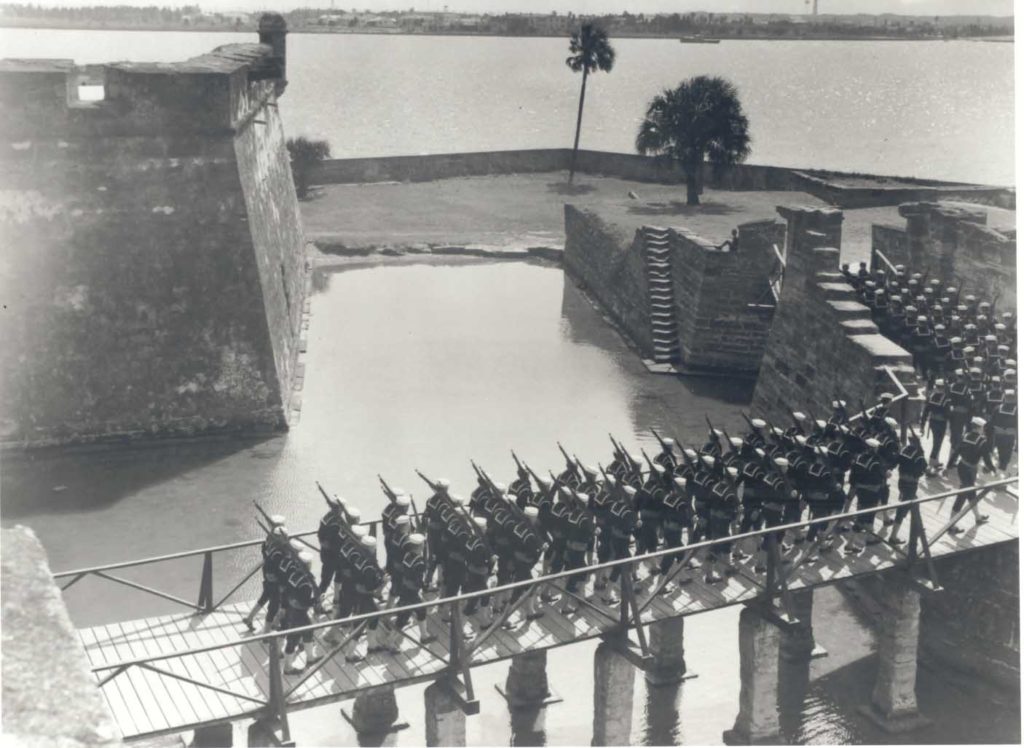
U-Boat 123, Korvettsenkapitan Reinhard Hardegen was on his second patrol to the Americas. The mission was to interrupt British supply lines and demoralize everyday citizens. On his first journey, he sailed into the harbor of NYC and looked out at the American shoreline. Now, Hardegen prowled the St. Johns County and Duval County coast before finding a target for his torpedoes.
He mentioned “the slender lighthouse” in his logbook, and noted how clearly the coast could be seen without binoculars. The explosion of the SS Gulf America could be seen for miles. Eyewitnesses rushed to the beach to watch as Hardegan surfaced his U-boat between the tanker and the shore and fired on the vessel to finish it off. Despite being hit by depth charges, U-123 managed to escape and limped back to Germany.
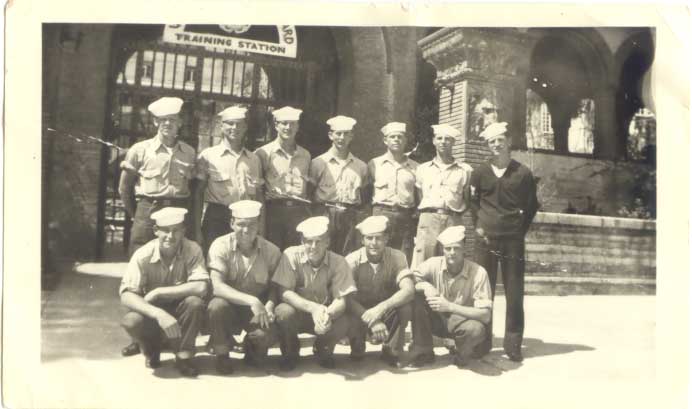
Not long after in June 1942 German spies from Operation Pastorius choose Ponte Vedra (and New York) as landing sites. A submarine surfaced in view of the shore and four men disembarked, buried explosives, and caught a bus to Jacksonville. At least one of them spoke perfect English. The FBI learned of the operation when one of the NYC team became nervous and reported the others. Buried on Ponte Vedra beach were blocks of TNT molded as soap for the laundry, a “pen” that could start fires, and a detonation device. The four spies from Ponte Vedra were executed within weeks of landing.
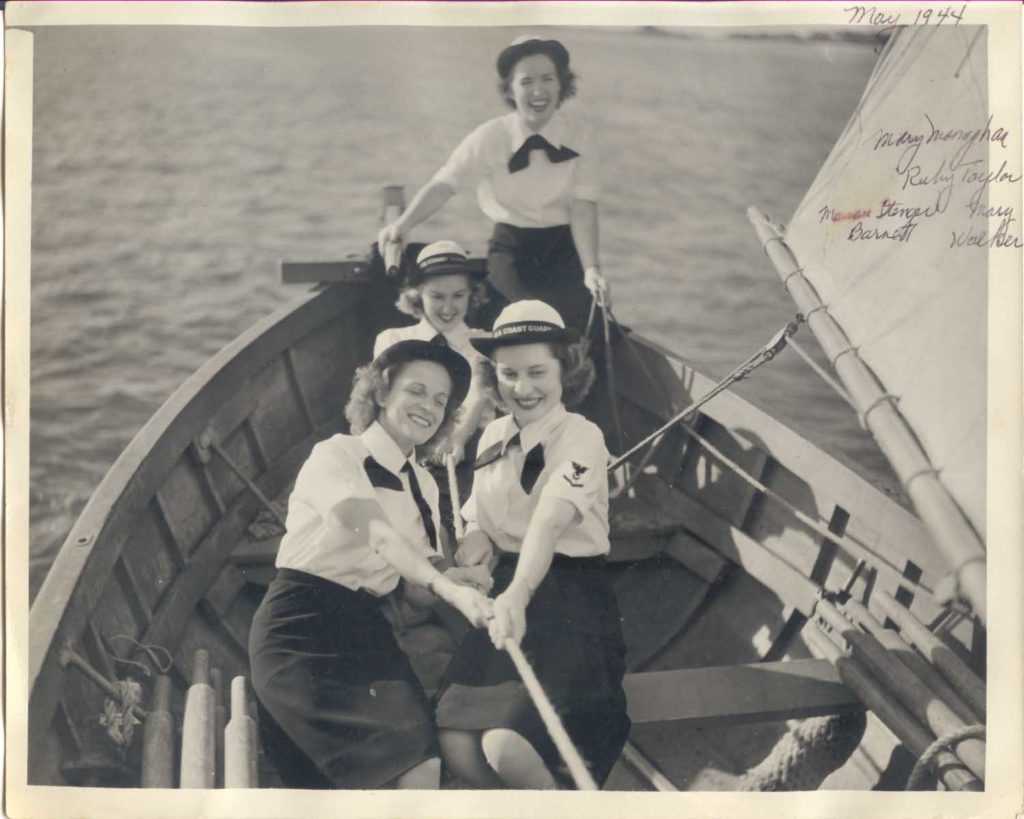
The U.S. Navy and Coast Guard responded with beach patrols using Jeeps, horses and guard dogs. Armed guards were stationed at St. Augustine Lighthouse to watch the sea 24 hours a day. The passing of each friendly ship was marked with a board and a string. Coordinates were radioed to U.S. Naval Headquarters at Government House, and the next watch station was alerted. The men and women of the U.S. Coast Guard, trained at St. Augustine’s Flagler College and all over St. Johns County for service around the world.
Thousands of veterans’ artifacts are preserved in collections at the St. Augustine Lighthouse & Maritime Museum. More details at www.staugustinelighthouse.org/explore-learn/collections-conservation/
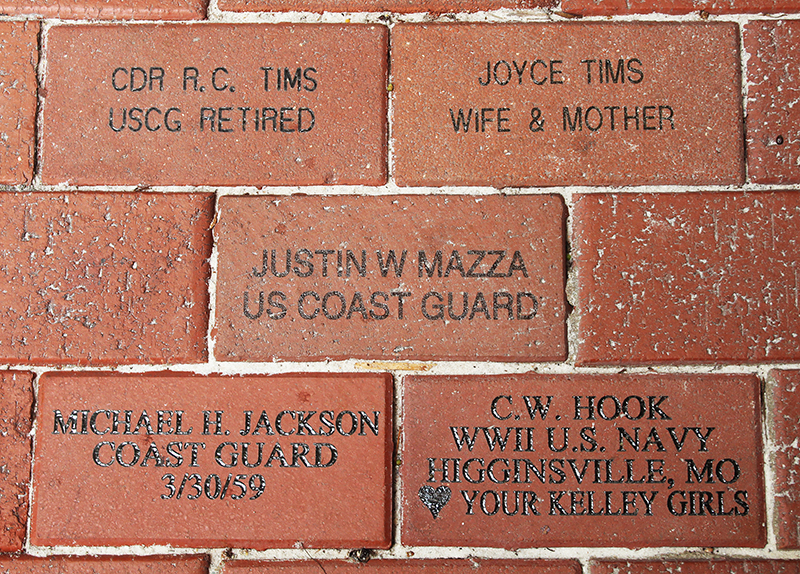
Visitors honor their loved ones in the US Coast Guard or other military branches with engraved bricks, which support the nonprofit Museum and help preserve the rich past of the St. Augustine Light Station. Find out about bricks and naming opportunities here: staugustinelighthouse.org/get-involved/museum-difference-makers/bricks-naming-opportunities/

